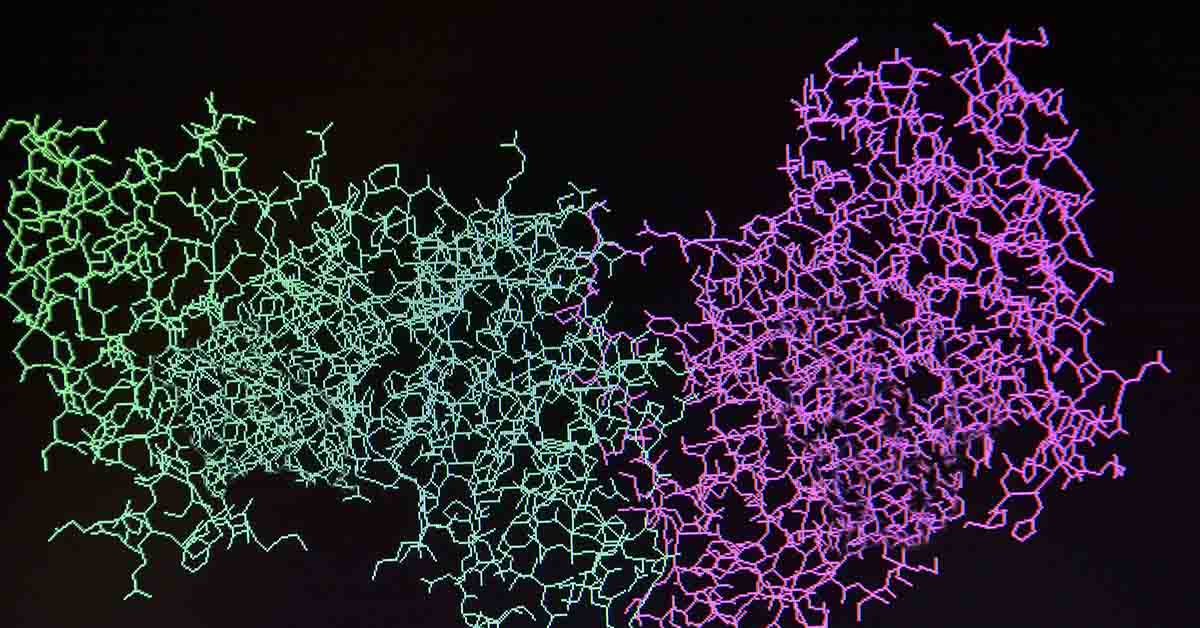Australian scientists have discovered an enzyme that can convert air into clean energy. If this sounds too good to be true, you’re not alone in your thinking. This finding, published recently in the journal Nature, reveals that this enzyme uses the low amounts of the hydrogen in the atmosphere to create an electrical current. The finding opens the way to create devices that literally make energy from thin air.
The Enzyme That Converts Air Into Clean Energy
Scientists from the Monash University Biomedicine Discovery Institute in Melbourne, Australia, were studying bacteria and how they use hydrogen. They then produced and analyzed a hydrogen-consuming enzyme from a common soil bacterium. This is a major breakthrough in renewable energy as it could provide a cheap source of electricity without having to be connected to a power grid. (1)
“We’ve known for some time that bacteria can use the trace hydrogen in the air as a source of energy to help them grow and survive, including in Antarctic soils, volcanic craters, and the deep ocean” said Professor Chris Greening. “But we didn’t know how they did this, until now.” (2)
The Enzyme
The researchers extracted the enzyme responsible for using atmospheric hydrogen from a bacterium called Mycobacterium smegmatis. The enzyme, called HUC, turns hydrogen gas into an electrical current.
“Huc is extraordinarily efficient,” said lead researcher Dr. Rhys Grinter. “Unlike all other known enzymes and chemical catalysts, it even consumes hydrogen below atmospheric levels—as little as 0.00005% of the air we breathe.”
You can think of Huc as a sort of “natural battery.” It produces sustained electrical current from air or added hydrogen. The bacteria that produce enzymes like Huc are also very common. We can grow them in large quantities, which means there is plenty of access to sustainable sources of the enzymes.
Read: How a Viable Nuclear Fusion Reactor Really Could Change the World
How They Did It
The researchers used several different methods to discover the blueprint of atmospheric hydrogen oxidation. One of these is advanced microscopy. The researchers used advanced microscopy to generate a 3D model of the enzyme. This allowed them to determine its structure and how it works. They used this method to determine its atomic structure and electrical pathways.
The second technique is called electrochemistry. They used this to demonstrate the purified enzyme creates electricity at minute (aka really, really small) hydrogen concentrations.
A Highly Stable Enzyme
The researchers also discovered the Huc is highly stable. This means that purified Huc can be stored for long periods of time. This is important because it could allow researchers to produce Huc on a large scale, and this would make it possible for scientists to use the enzyme in commercial applications.
“It is possible to freeze the enzyme or heat it to 80 degrees celsius, and it retains its power to generate energy,” said student researcher Ashleigh Kropp. “This reflects that this enzyme helps bacteria to survive in the most extreme environments. “
The research is still very much in the early stages. Still, the applications for this new technology could quite possibly be endless. Currently, they are looking at developing small, air-powered devices. As the research grows, however, Dr. Grinter says we could do a lot more.
“Once we produce Huc in sufficient quantities, the sky is quite literally the limit for using it to produce clean energy.”
Keep Reading: Study Finds World Can Switch to 100% Renewable Energy and Earn Back Its Investment in Just 6 Years

